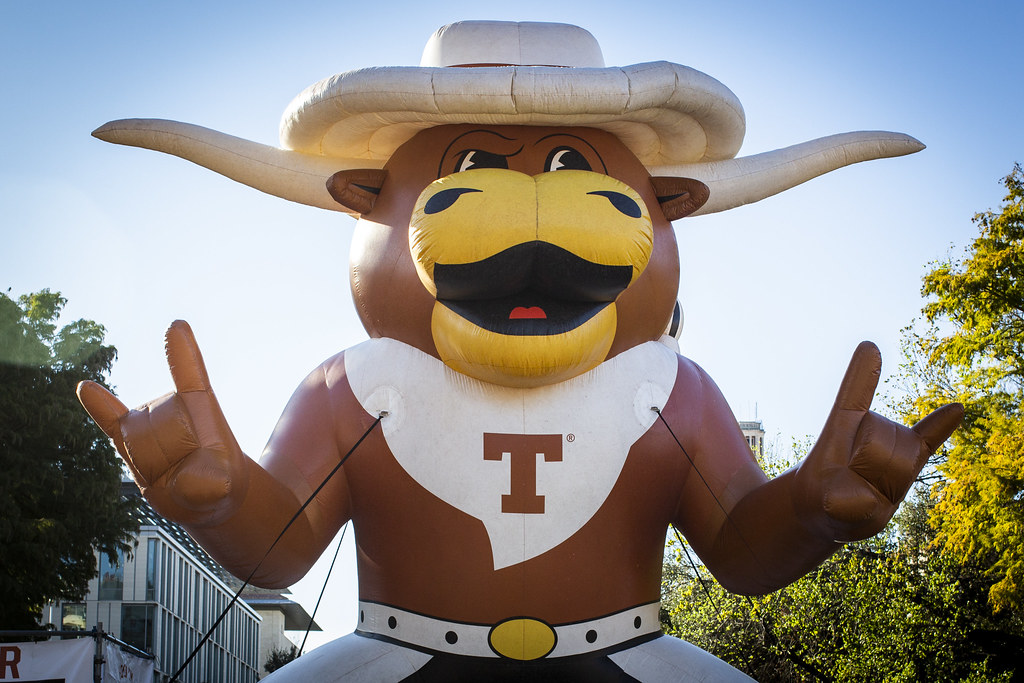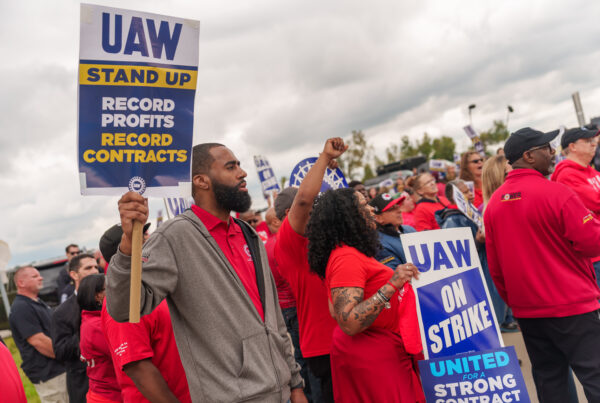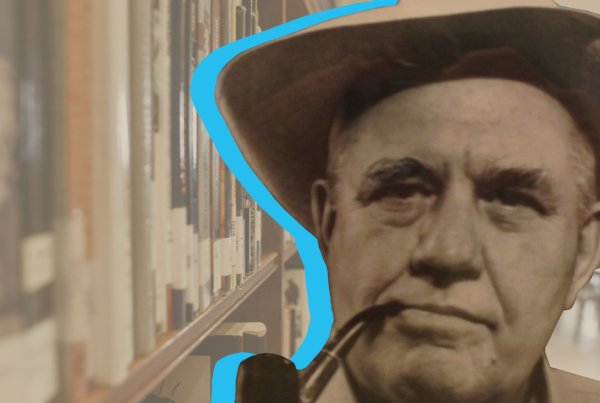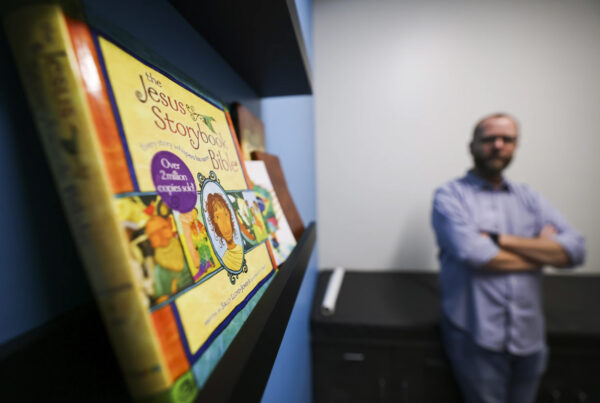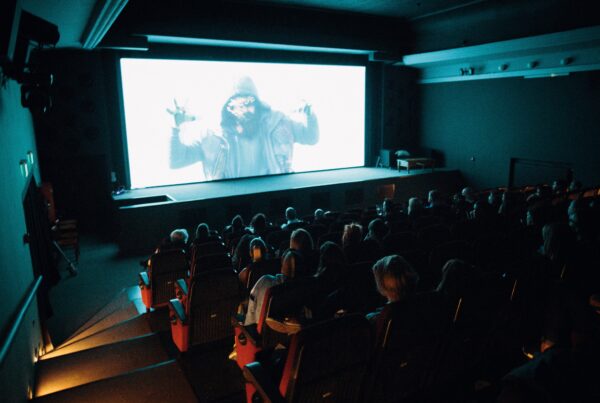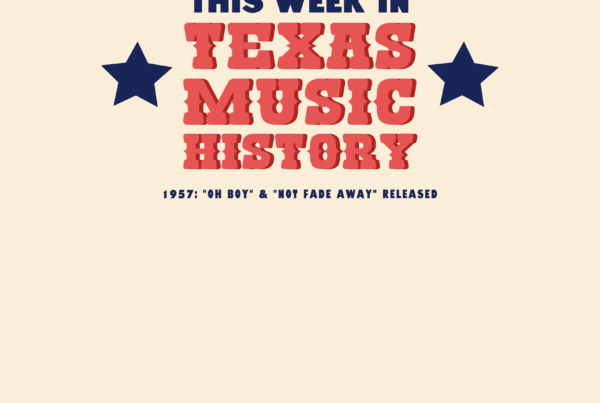What’s the key to recruiting a top college football player? A few years ago, the answer might’ve been a high-ranking program or a famous head coach. Today, the rise of so-called donor collectives is shaking up the world of college sports recruiting.
These groups of wealthy supporters send large sums of money to student athletes in exchange for a few small tasks. They can play a big role in recruiting top players, which raises some questions about equity in collegiate athletics.
David. A Farenthold, an investigative reporter who covered this story for the New York Times, joined the Standard to share more.
This transcript has been lightly edited for clarity:
Texas Standard: What exactly are donor collectives? How does this work?
David A. Farenthold: A lot of people know that the NCAA created this system a couple of years ago called the Name, Image and Likeness system, which is where college athletes were able to make endorsements – doing shoe deals, things like that.
Basically, these collectives are groups of boosters who’ve gotten together to sort of exploit that system and turn it into a pay-for-play system. They use it to pay the players they like and keep them on their team. What they do is hire the athletes to really high-paying jobs for really small amounts of work.
One guy got paid $50,000 a year to make one social media post a month. In doing so, they basically incentivized the players to come to their school and to stay at their school.
Are these donor collectives playing a big role in recruiting?
Huge. Coaches tell us it’s the most important thing in recruiting both high school students and recruiting transfer students from other schools. To give you one example, we talked to the quarterback in Iowa who said he used to be at Michigan and when he set out to transfer from Michigan, he was looking for money. He was looking for cash offers from all the different collectives at the schools he looked at.
Iowa’s made him an offer to pay more than $600 an hour to do some charity work. He said yes. The collective and its money was the key factor in that recruiting decision.
Notwithstanding the fact that baseball is on the minds of a lot of Texans right now, it’s hard to say there’s anything much bigger than Texas football when it comes to sports. Are you finding this in Texas football?
Absolutely. In fact, UT was basically one of the pioneers of this when they changed the rules to allow players to get paid for endorsements. It was one of the first places where boosters said, “hey, we can use this as a backdoor to just pay the players.” A collective there called Horns With Heart announced they were paying the offensive linemen $50,000 each, and it was just off to the races from there.
A&M has a really big, very private fund. Texas Tech has a fund that’s got $10 million and is paying each football starter $25,000 a year. Baylor also has a really big one. Texas schools are among the most ambitious and the collectives are among the richest in the country.
» GET MORE NEWS FROM AROUND THE STATE: Sign up for Texas Standard’s weekly newsletters
What about the NCAA? Are they on board with this?
Well, the NCAA does say you’re not supposed to use collective money to induce players to transfer, or to induce players to come to your school when they’re in high school. But that rule seems to be pretty roundly ignored. The NCAA doesn’t really have authority over these collectives. The collectives aren’t schools; they’re independent from the schools. They can’t make them say what they did.
In fact, there’s really only been one case where the NCAA punished somebody for using collectives to recruit a player. That was when somebody at Miami actually tweeted himself – took a picture of himself doing it. Other than that, they’ve yet to punish anybody.
Why do you think that is?
I think that the NCAA basically has given up. They have decided that they don’t really have the authority or the wherewithal to try to police this. So, they’re just going to effectively look the other way.
Now, collectives and their money are the most important factor in recruiting, basically the most important factor in big-time college sports. The NCAA has basically decided it can’t or it won’t regulate them at all.
What do you think it’s doing to the game?
There are really good benefits to this. Players who’ve been cut off from the main waterfall of money college sports brings in are making a lot of money or getting paid. The chaotic and damaging thing about this is that it’s created basically an underground market for labor where there’s a free agent market.
Players are being recruited and paid and stolen from school to school, but there’s no regulation of it. There’s no transparency. Nobody knows what they should be paid.
Sometimes these collectives make offers that they can’t deliver on. Players sign a contract and then don’t get paid the money they’re expecting. There’s an element of chaos, basically, right at the heart of the system now.
Is the IRS weighing in on any of this?
Yes, the IRS is involved in this because a lot of these collectives – more than 60 of them – are tax-exempt. They’re charities, effectively, in the eyes of the law. The IRS allowed them to be that; the IRS said yes to their applications.
Then, after approving all of these groups, they came back and said, “Wait a second. Well, this doesn’t sound like charity. It sounds like the main thing you’re trying to do here is pay the football players $700,000 a year to do charity work. Wait, you’re paying them way too much. Charities aren’t allowed to do that.”
The IRS has said that this may violate tax law, but they’re so slow on the enforcement that it could be years before anything has to change.


